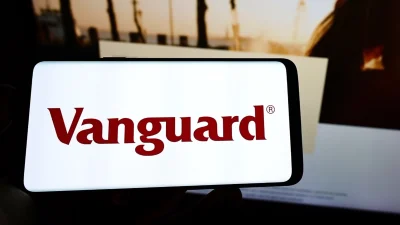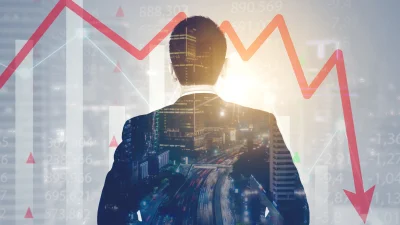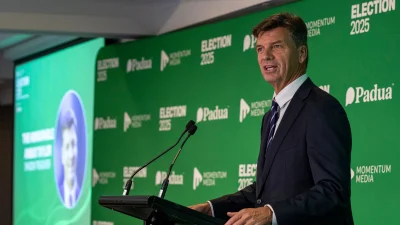Active ETFs struggle to steal spotlight from passive peers



Global X has painted a worrying picture for active exchange-traded funds (ETFs) in Australia, with investor adoption proving uneven despite new launches.
Global X’s recent ETF insight noted that while there are a growing range of new active ETFs hitting the market, uptake of these investment vehicles has been uneven as some have faced sustained redemptions over the past year.
“This trend suggests that investors are sticking with the tried-and-true low-cost index ETFs that deliver predictable exposure at minimal cost,” it stated.
Marc Jocum, senior product and investment strategist at Global X, cited cost as the largest barrier regarding the adoption of active ETFs.
“Wrapping an active strategy in an ETF doesn’t automatically make it cheaper. In Australia, most investor flows are heading towards low-cost ETFs, with two-thirds of flows going into products charging 0.25 per cent or less,” he told Money Management.
In contrast, ETFs with fees over 1 per cent – which are typically active ETFs – have experienced net outflows.
“As the saying goes, painting a fish a different colour doesn’t change the fact that it is still the same fish,” Jocum described.“Some active ETFs in Australia have faced challenges due to underperformance from large, well-known fund managers, leading to outflows.”
Over the past year to 31 March 2025, the Magellan Global Fund – Open Class Units – Active ETF, for example, has experienced net outflows of $2.7 billion.
While active ETFs account for 37 per cent of the total number of ETF vehicles available and 21 per cent of the total ETF industry assets, they make up just 2 per cent of net flows over the past year, Jocum noted.
Despite this, 14 of the 20 ETF launches this year have been active products. With these types of ETFs enjoying strong adoption in the US market, active managers expect this will follow suit in Australia, he added.
“However, active ETF penetration is scattered within Australia. Managers have found traction in some areas like Australian equities, covered calls, and fixed income. While global active equity ETFs have struggled to gain ground. I expect more active ETFs to come to market, but I highly doubt they will ever fully displace index ETFs, especially if they continue to charge high fees.”
Some recent active ETF launches include the Lakehouse Global Growth Fund Active ETF, the Resolution Capital Global Listed Infrastructure Fund – Active ETF, and the India Avenue Equity Fund ETF.
In terms of performance, Jocum said research indicates active managers tend to outperform in environments driven by low volatility, high correlations, and significant stock dispersion.
“However, these conditions occur just 2 per cent of the time making chances of outperformance rare.”
He quoted the SPIVA Australia Year-End 2024 Scorecard, which reflects the challenging battle active managers have faced. It found 85 per cent of global equity funds underperformed their benchmark over the past year, with underperformance rates increasing to 95 per cent over 15 years.
Jocum concluded: “Given the consistent underperformance and lack of persistence in active management, the shift towards low-cost index ETFs is set to continue, as investors look to retain more of their returns rather than lose them to high active fees.”
Recommended for you
One of Australia’s largest ETF products lost over $300 million in outflows during March as international equity ETFs suffered steep declines in flows.
Australian Ethical Investment has welcomed an independent non-executive director to its board, who previously spent a decade as Colonial First State’s CEO.
Australian equity ETFs attracted record inflows of $3.2 billion in 1Q25, while heightened volatility led to a decline in flows for global equity ETFs, according to Vanguard.
The failure of a clinical trial by biotech firm Opthea has caused shares in its backer Regal Partners to decline 52 per cent year-to-date and hit its funds under management, quarterly flows show.















